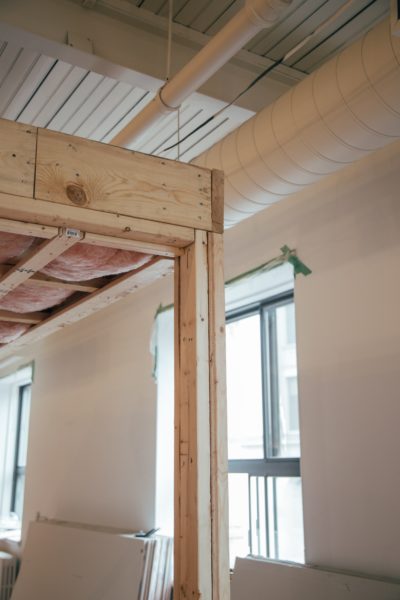
Insulation refers to any materials used to fill spaces of various parts of your home. It’s also applied to pipes. There are numerous insulation types and benefits to using insulation. First, it’s an effective way of reducing the wastage of energy. Some heat gets lost when the water is moving out of the faucets.
When you insulate the pipes during the colder months, you will help your piping system to retain heat for a significant amount of time. Insulation works by retaining the heat, thus maintaining the water temperatures. This means you will save more energy and use less water in your home. You can turn down and experience a lot of energy savings.
Other than reducing your monthly bills, insulation is an excellent way of protecting the environment. Secondly, insulation means reduced chances of injuries. Insulating the pipes is crucial, especially in areas that reach extreme temperatures. When in such environments, the risk of touching the pipes and suffering injuries is always there.
For example, factories insulate pipes to protect the workers when they touch the hot surfaces. An employee can fall on hot pipes and get injuries. Another advantage of insulation is that it helps to reduce noise. This is because insulated pipes can easily absorb emitted sounds.
Here are five insulation types:
Hot Insulation
Removable insulation is designed to insulate piping systems and other substances at high temperatures. The material used to make the insulation prevents the overheating of pipes and maintains the warmth. Several materials are used when hot insulation is necessary.
First, there is a Cray flex, which has resistance to heat and chemicals. The second option is resin bonder Rockwool, which has excellent resistance properties too. Additionally, you can use spiral wraps fiberglass for hot insulation.
Cold Insulation
The ideal material to use for cold insulation mainly depends on the systems of pipes that need insulation. Like hot insulation, several materials can be used for cold insulation. One of the most common options of insulation types is polyurethane foam, which is effective when it comes to dealing with low thermal conductivity. Rubber foam is also used to control condensation.
Personal Protection Insulation
This is one of the best insulation types to help prevent heat injuries. All exposed pipes surfaces that exceed 65 degrees need personal protection insulation. The insulation is unnecessary in areas that are inaccessible by your employees.
Some of the most common materials used for personal protection insulation include open mesh metal guard and mineral wool. The criteria used in this type of insulation is that exposed pipes located within 600mm horizontally or 2100mm vertically of the normal access, or working areas should be insulated.
Fibrous Insulation
The insulation type comprises tiny fibers which divide the air spaces. These fibers may be parallel or perpendicular to the surface that needs insulation. They may or may not be bonded together.
Some of the most common materials used for this task include rock wool and slag wool. Mineral wool and glass fiber are the most widely used insulation types when it comes to fibrous insulation. Organic binders are used to bond the fibers to improve their structural integrity.
Cellular Insulation
Cellular insulation is also common and is made of small individual cells that are either interconnected or sealed from each other to form a cellular structure. Plastics and rubber may be used to make the insulation material. Foaming agents may also be necessary.
They are also classified as either an open-cell or closed-cell. Generally, if a material exceeds 90% closed-cell content, they are considered closed cell.
How Do You Choose Pipe Insulation?
There are several options when choosing insulation types. For example, they can be rigid or flexible. Some of them are full round tubes, while others are pre-split. The first step when choosing the insulation type is understanding your needs. This may sound obvious, but failure to do it may cause wastage of time and money in the long run.
If you need the insulation in heated rooms or airing cupboards, thinner wall material can work for you. However, if a pipe needs frost protection, use thicker materials. For applications such as personal protection, you need to consider the surface of the insulation.
A high emissivity is also necessary for personal protection. This is because such materials allow a better exchange of heat with the surrounding areas. This means reduced chances of injuries among employees.

Guest Blogger
Eric Reyes is a passionate thought leader having been featured in 50 distinguished online and offline platforms. His passion and knowledge in Finance and Business made him a sought after contributor providing valuable insights to his readers. You can find him reading a book and discussing current events in his spare time.



